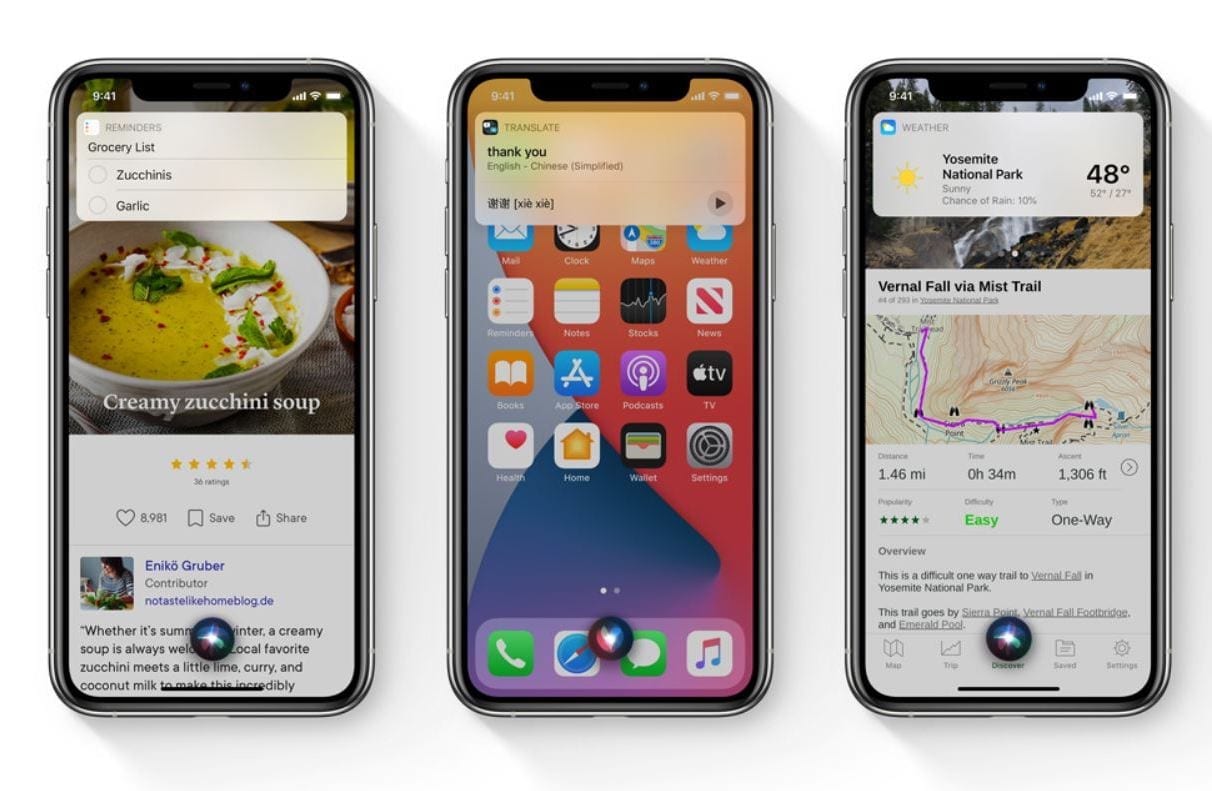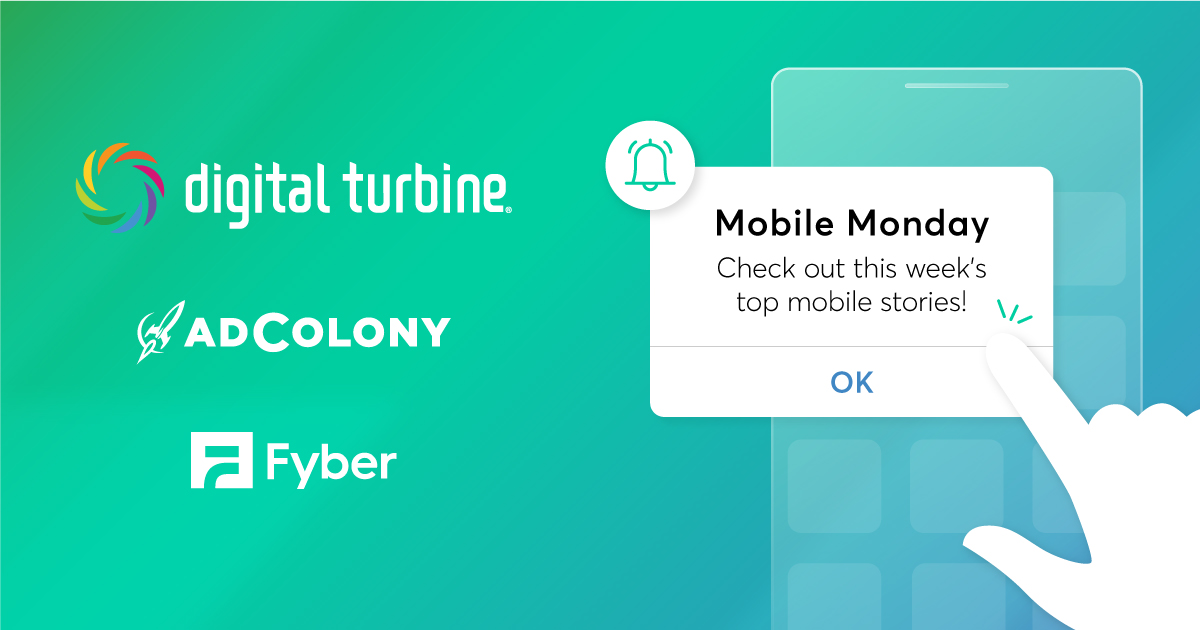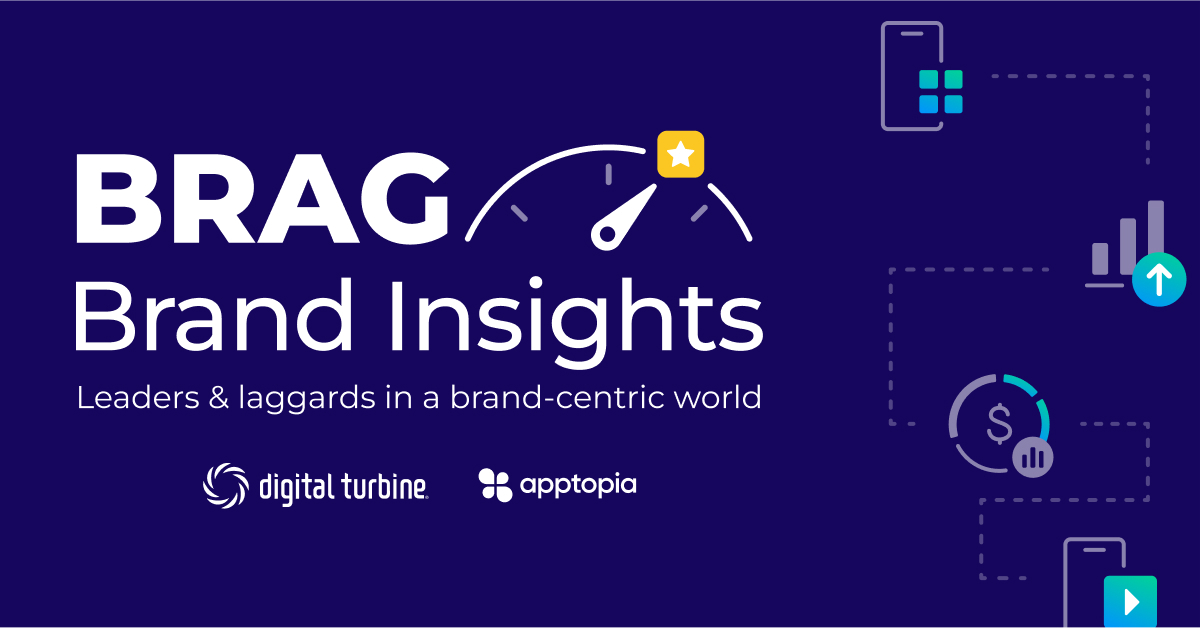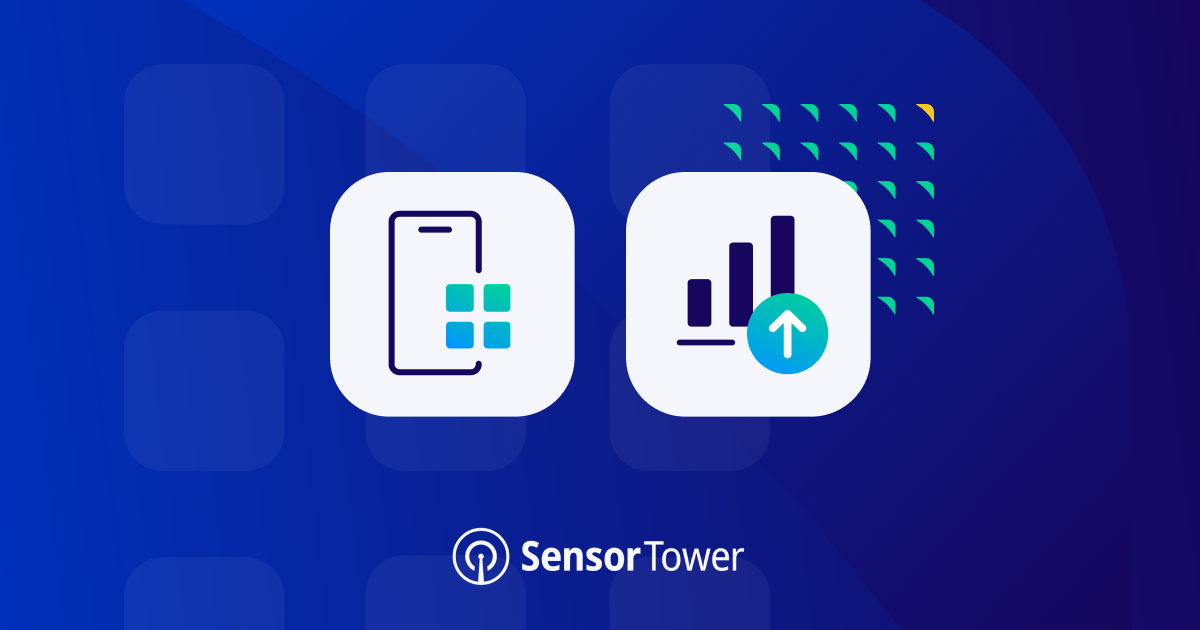With iOS14 on the horizon and ad-tech teams everywhere scrambling to adjust to the new privacy guidelines, even with Apple delaying enforcement of some of its requirements, our VP of Programmatic Demand, Ben Holmes, shared his thoughts on privacy and personalization recently with Digiday at their 2020 Brand Summit.
Below are some key points he made in his conversation, “Apple Puts Privacy Above Personalization – Now What?” with Digiday’s head of production, James O’Brien.
It’s worth noting Ben and James had their conversion before Apple announced the postponement of their delay to the IDFA opt-in requirements. While the deadline may have moved, this delay is just that: A delay. Advertisers and brands need to remember these changes are still coming, but take advantage of this time to get all of their ducks in a row when Apple does flip the switch.

When you explicitly ask users if they want to be tracked… what will they decide?
Unlike website tracking, where there is a pop-up that says something like “We use cookies for privacy or enhance your experience,” the message that users will receive on their phone is more static: “Will you allow this app to track you?” Because there is no explanation or ease-in to the opt-in under Apple’s frameworks, people wonder how many users will actually say yes? What is that final in rate going to be? Earlier reports were showing that it’s going to be a 15% to 20% opt-in rate. That means 80% will not opt-in for tracking. But recent studies have come out and said it could be as high as 75%. We’re not going to know until these requirements start being enforced and we start to see those opt-in rates begin to trickle in.
And if the opt-in rate is on the lower side, like 10% or less…
If 90% of the traffic that publishers are now generating through an app on an iOS device is not trackable, it could render everything that the industry has been building over the past five years useless. Many tactics we now use for personalization, addressable media, and lower-funnel conversion rely on specific device IDs to go to match back to an audience. Currently, there is no solution that Apple right now will let us fall back on to then target them. Instead, it goes entirely against their current terms of service. Even if the opt-in rate is higher and we can successfully track half of traffic, it still will have a massive impact on everyone.
What media buys look like in the iOS14 era
With very low opt-in rates, we’re going to be seeing a lot more contextual targeting, almost going back to the old ad network buys five or six years ago where it’s less about “right user at the right time in the right place” it’s more about finding buckets of users that match with the demos that the advertiser needs. For example, putting a razor ad in front of males 18-34. This is actually very similar to how gaming advertisers deal with COPPA inventory, where you cannot target users under the age of 13, so they simply run ads in the games that are most popular with boys 8-12 and build white lists for campaigns. So we are going to see traditional advertisers with massive CRM buckets of data now shift away from it.

How to successfully make the shift back to contextual
At AdColony, we are already working with teams and buying partners that have already made the shift to a more contextual approach by understanding their audience, finding the common denominators of their potential customers, and identifying where they are spending time in-app. Those are the teams that will have the easiest time adjusting to the changes that iOS14 will bring. For example, in gaming, many marketers are already used to breaking down categories into subcategories, knowing that someone who is playing a solitaire game is going to be a different person than someone who’s doing a first-person shooter. They are different demographics, income levels, etc. It’s now on the DSPs to start breaking down inventory on a deeper level, too.
The industry is going to be OKAY
While some people are concerned that this will send us back to 2014, there are a few key differences that make us firmly believe that it will be much better. First and foremost, our knowledge base is so much greater than it was five or six years ago. We as an industry now have far more transparency into the supply chains, and the industry needs to really lean into the idea of authorized sellers via App-Ads.txt and make sure that JSON like sellers.json initiatives are being implemented so that we can follow the money instead of just seeing who has permission to be selling the inventory.
Brands can now get closer to the supply, which is a big difference. There will also be more buy-side transparency. Publishers will now realize that 150 different DSPs were buying their inventory and possibly seeing the same ad from seven different buyers. This actually will give publishers a lot more power when it comes to approaching buyers. Overall, this will help the industry clean up the Wild West.

Join the Conversation
How do you feel about the changes that iOS14 will bring? Tweet your questions or reactions at @AdColony. For the latest AdColony mobile news and updates, follow @AdColony on Twitter, like us on Facebook, or connect on Linkedin.
- Effectively Scaling Apps – The Myth of the Whale Busted - May 17, 2022
- How to Maximize and Optimize Engagement in Your App - May 5, 2022
- Offer Walls for App Monetization: Everything You Ever Wanted to Know - April 14, 2022



